GPCR/G protein
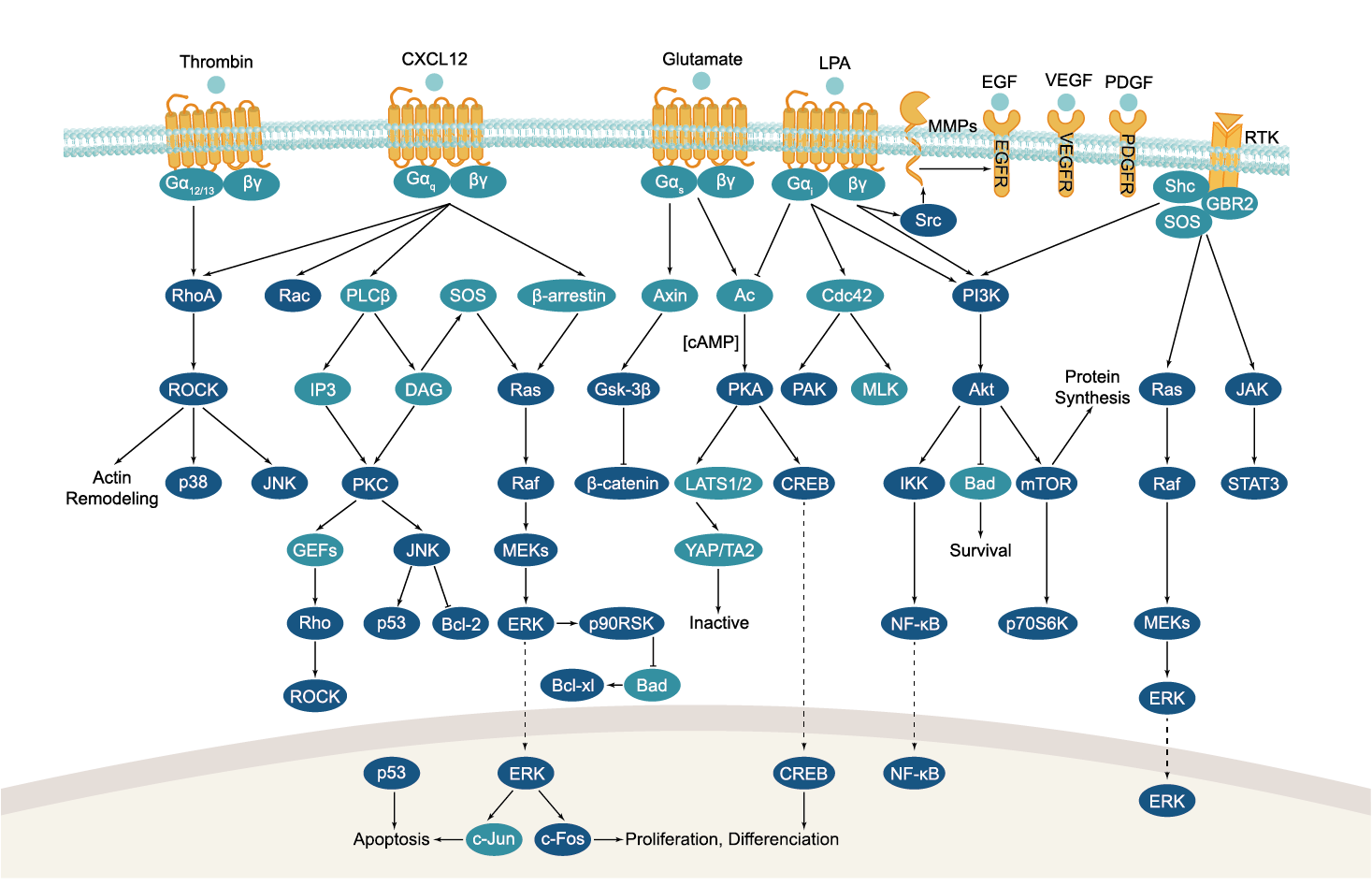

All GPCRs share a common seven trans-membrane structure. GPCRs are associated with heterotrimeric G-proteins which are GTP-binding proteins made of alpha, beta, and gamma subunits. When a ligand binds to GPCR, it activates the attached G-protein, the GDP is replaced with GTP. The activated G-protein then dissociates into an alpha and a beta-gamma complex which activates downstream signaling pathways. These intracellular signaling pathways include cAMP/PKA, calcium/NFAT, phospholipase C, protein tyrosine kinases, MAP kinases, PI-3-kinase, nitric oxide/cGMP, Rho, and JAK/STAT.
GPCRs are one of the most important therapeutic targets for various diseases, over 30% of all modern medicinal drugs target this family. Aberrant GPCR functions are involved in pathological conditions such as neurological, immunological and hormonal disorders. A large number of GPCRs have been identified, but whose ligands are not known, are classified as orphan receptors.
-
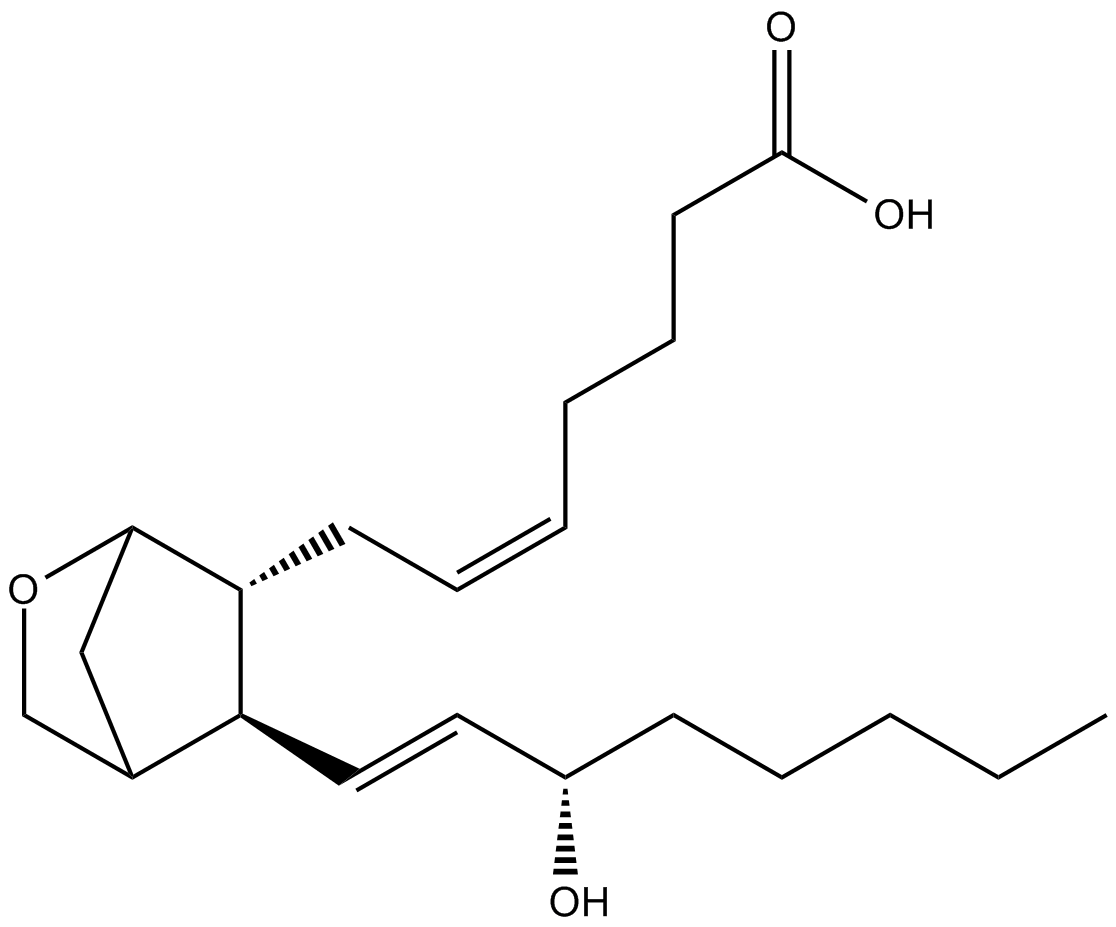 C5324 U-44069Summary: TP receptor agonist
C5324 U-44069Summary: TP receptor agonist -
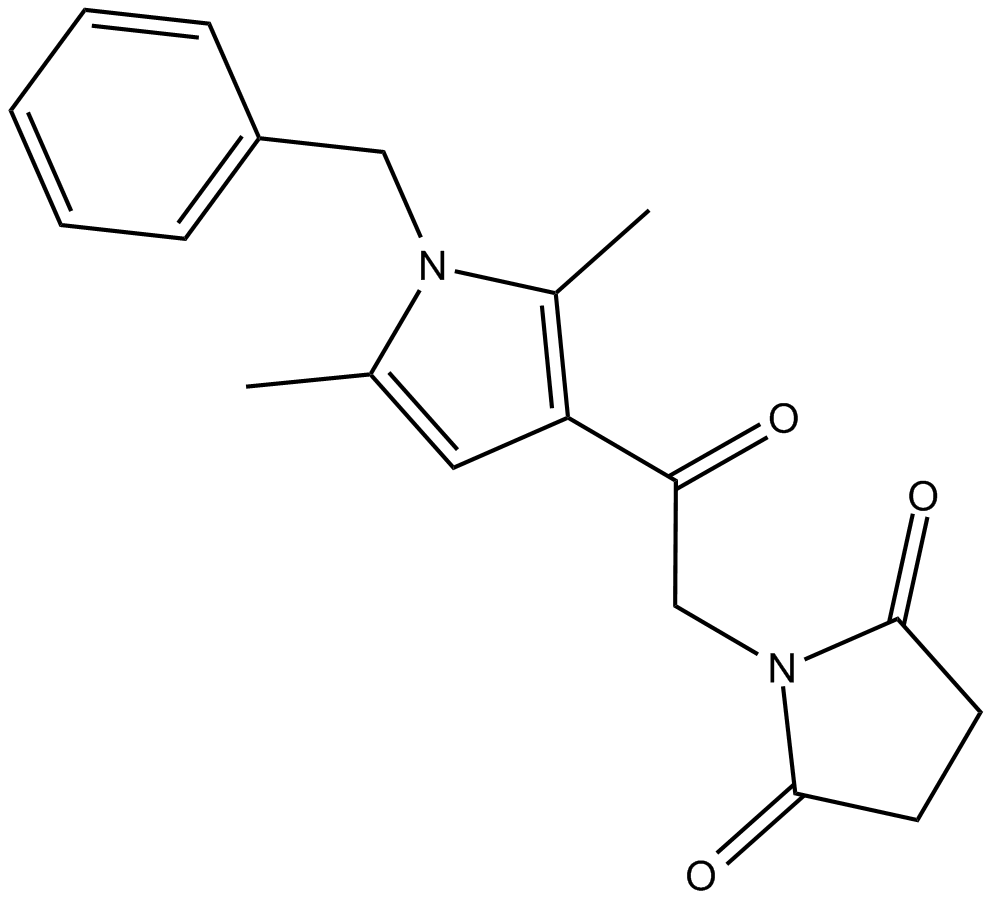 C5718 ML-031Summary: agonist of S1P2
C5718 ML-031Summary: agonist of S1P2 -
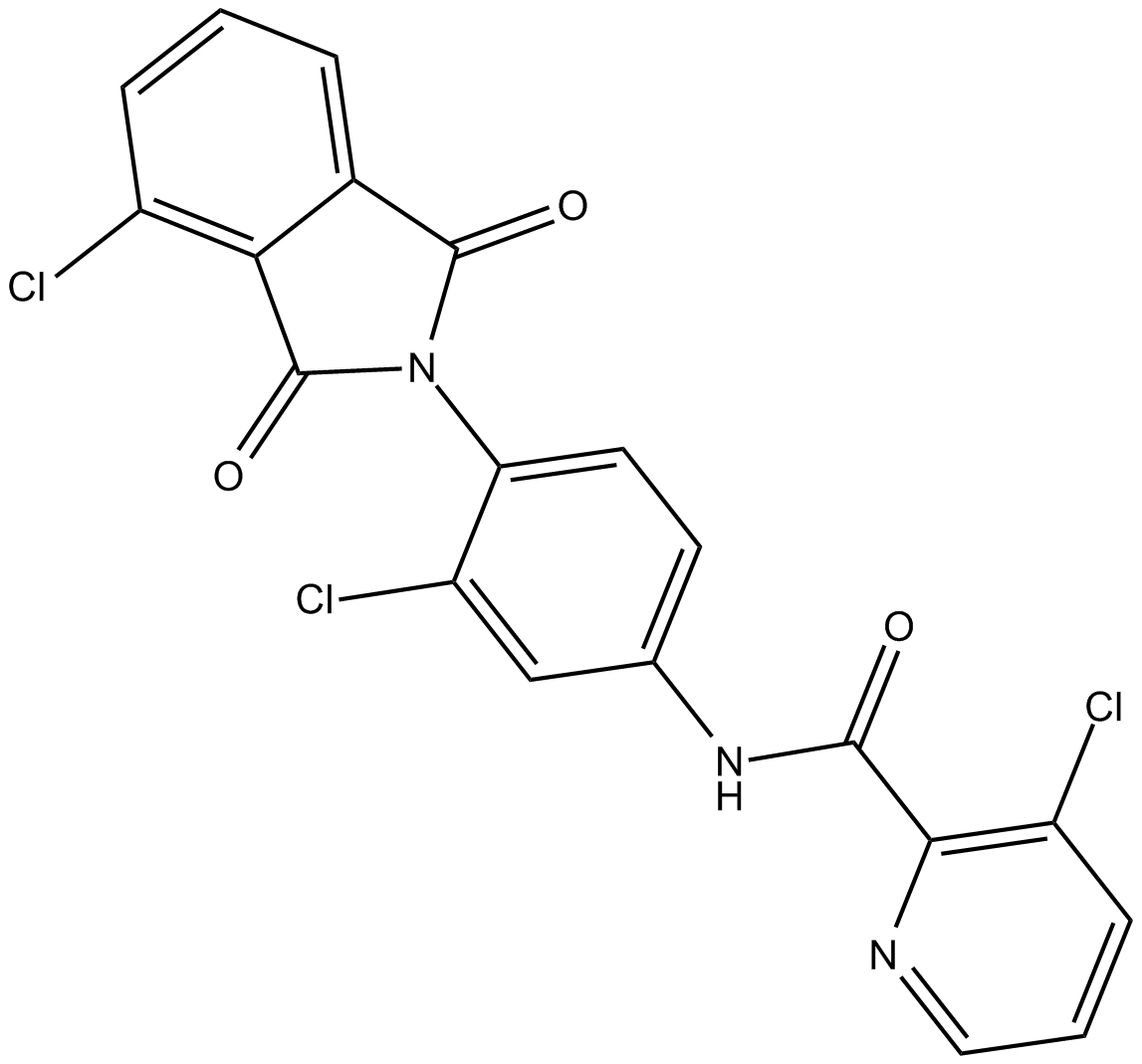 C5611 VU0483605Summary: elective positive allosteric modulator (PAM) of mGluR1
C5611 VU0483605Summary: elective positive allosteric modulator (PAM) of mGluR1 -
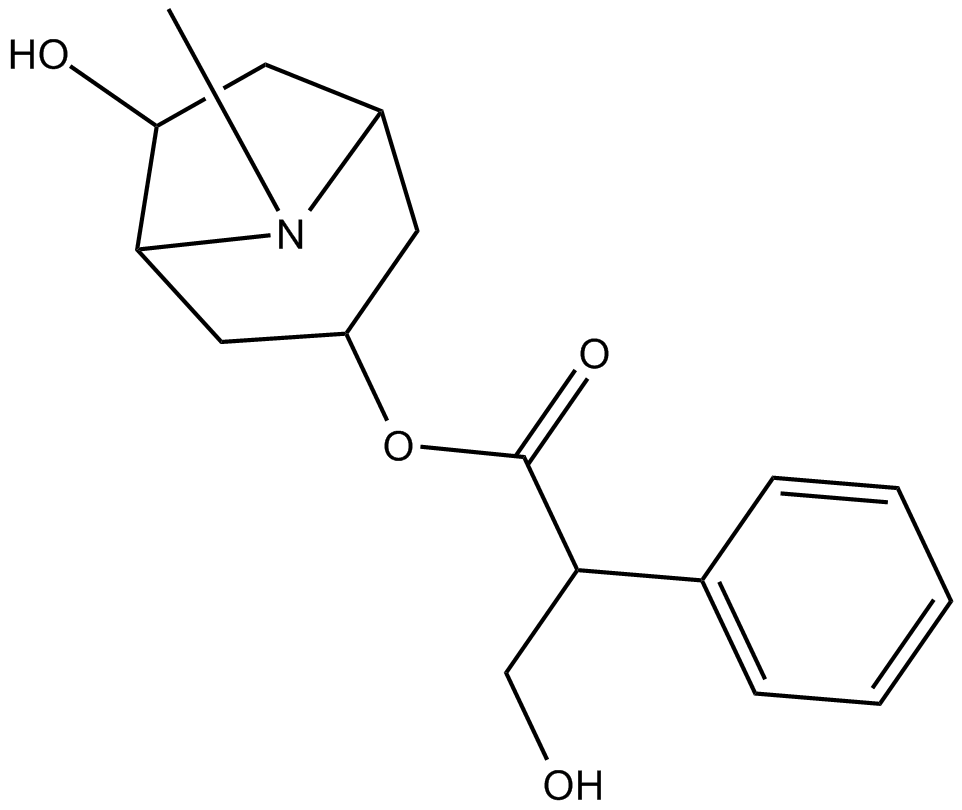 C5580 RaceanisodamineSummary: weak antagonist of α1-adrenoceptors
C5580 RaceanisodamineSummary: weak antagonist of α1-adrenoceptors -
 C5509 S-1 MethanandamideSummary: CB1 receptor ligand
C5509 S-1 MethanandamideSummary: CB1 receptor ligand -
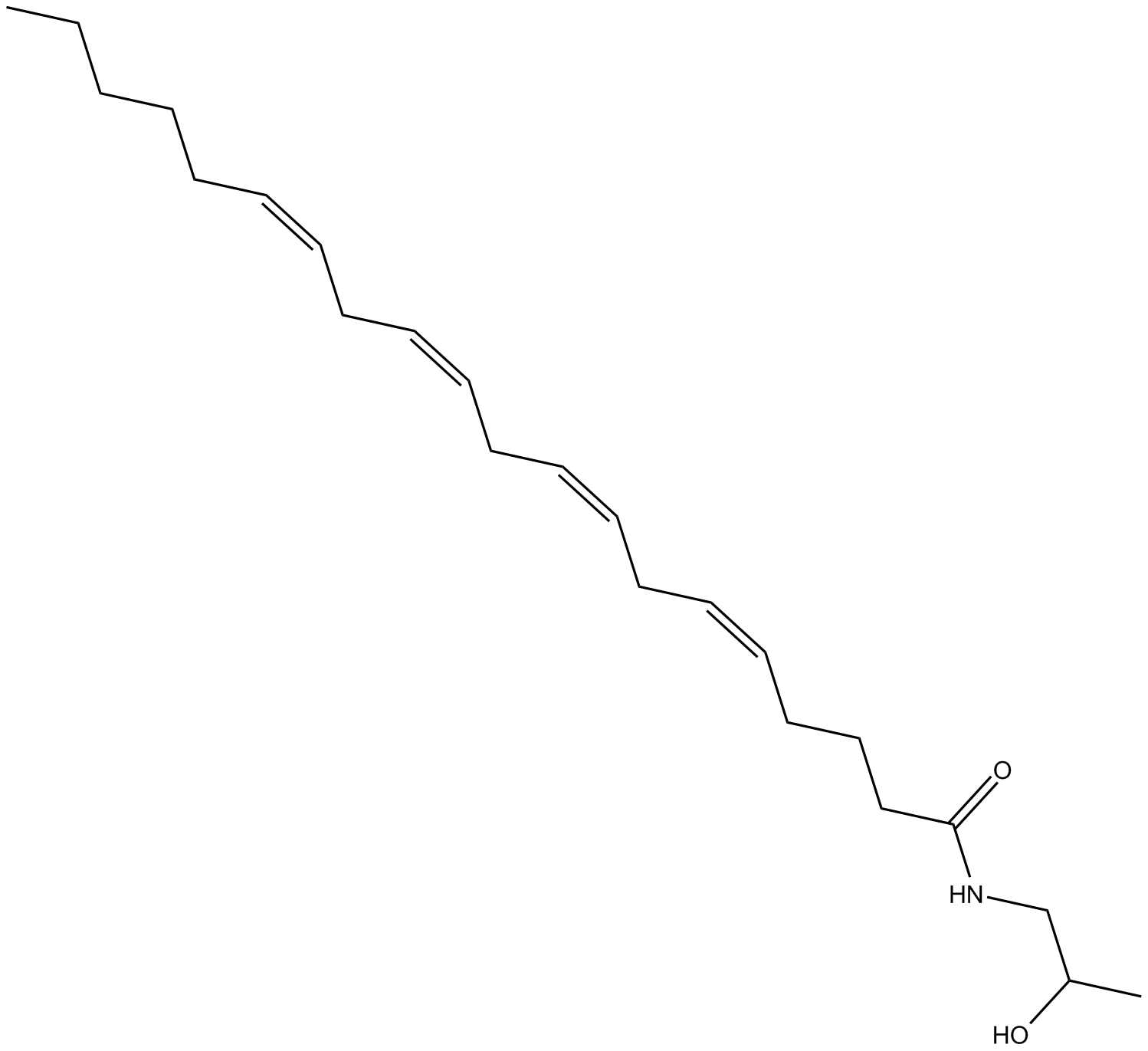 C5513 S-2 MethanandamideSummary: potent CB1 receptor agonist
C5513 S-2 MethanandamideSummary: potent CB1 receptor agonist -
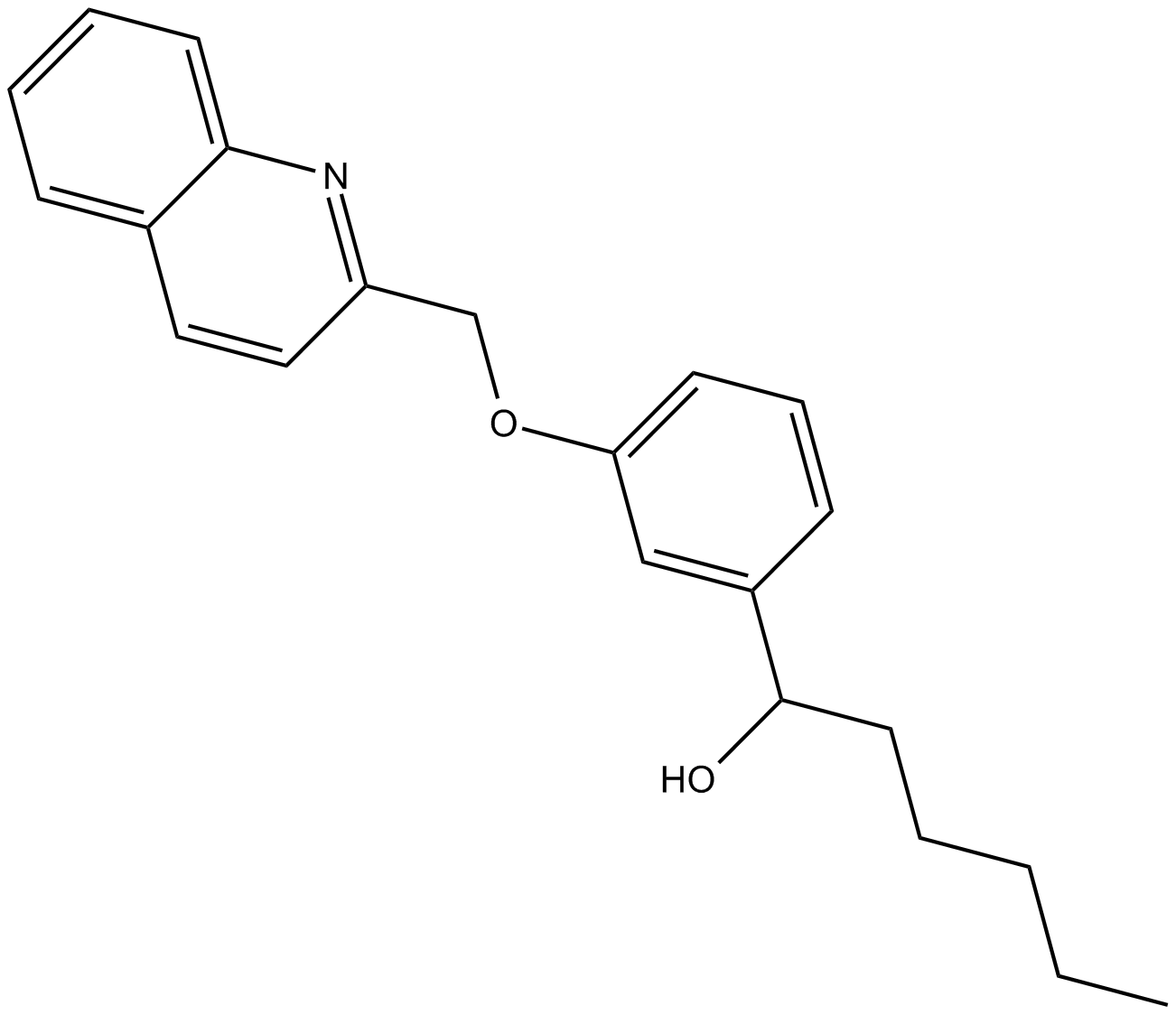 C5416 REV 5901Summary: antagonist of cysteinyl-leukotriene receptors
C5416 REV 5901Summary: antagonist of cysteinyl-leukotriene receptors -
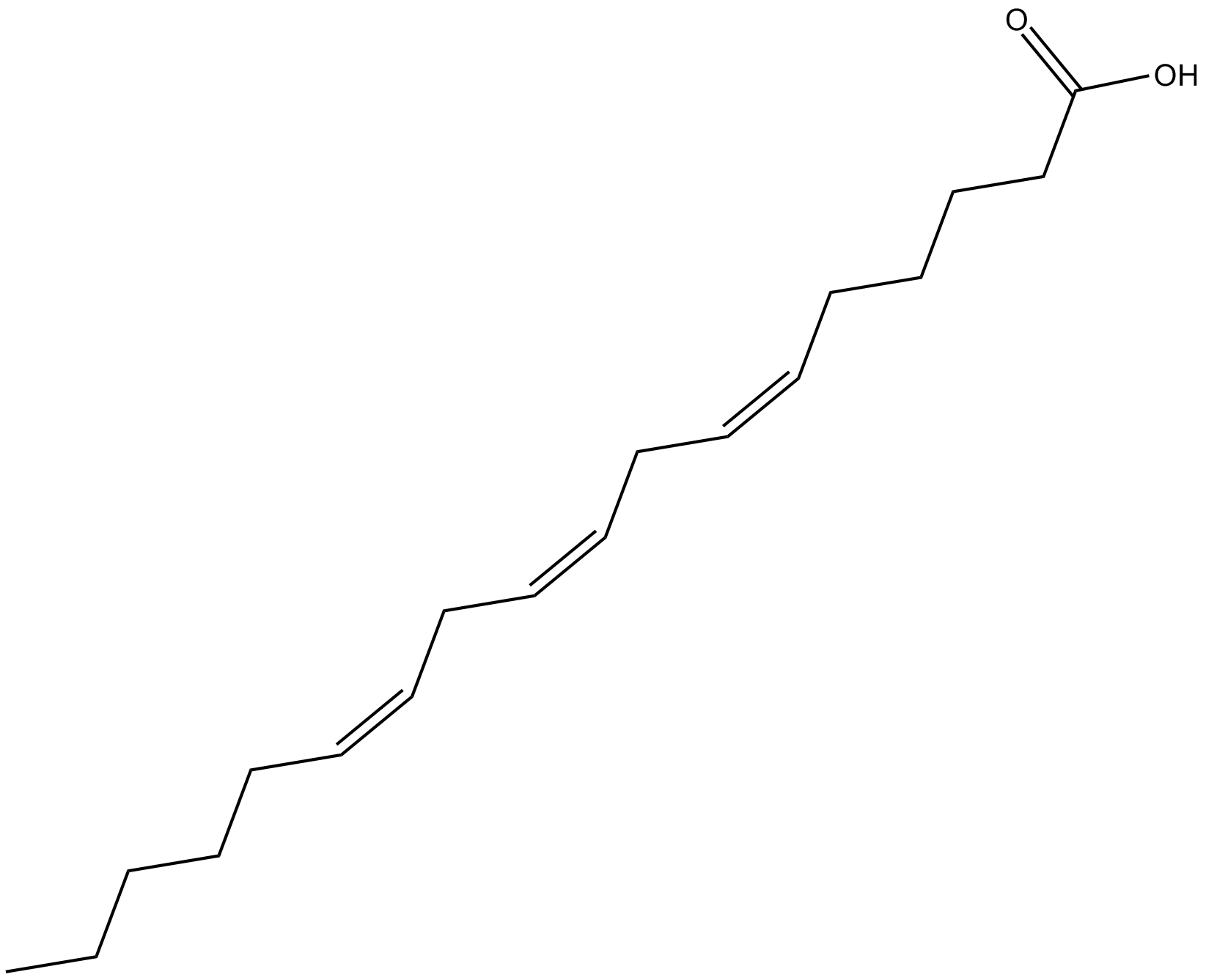 C5518 γ-Linolenic Acid1 CitationSummary: weak LTB4 receptor antagonist
C5518 γ-Linolenic Acid1 CitationSummary: weak LTB4 receptor antagonist -
 C5675 Fendiline (hydrochloride)Summary: α2-adrenergic receptor antagonist
C5675 Fendiline (hydrochloride)Summary: α2-adrenergic receptor antagonist -
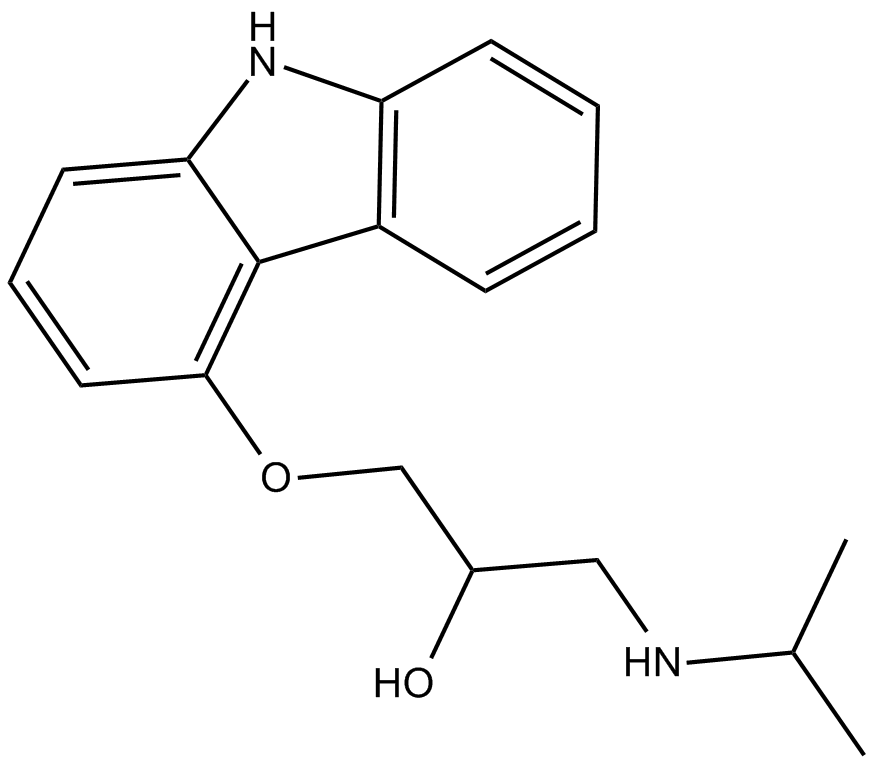 C5802 CarazololSummary: high-affinity, lipophilic, non-selective ligand of the β-adrenergic receptors
C5802 CarazololSummary: high-affinity, lipophilic, non-selective ligand of the β-adrenergic receptors


